Departments
- 20 Felicia St, Brackenhurst, Alberton, SA
- 27-82-469-8816
- info@fusionmedical.co.za

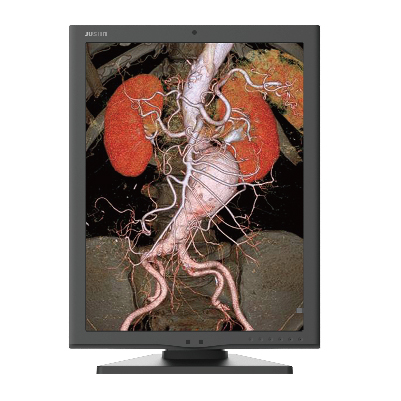

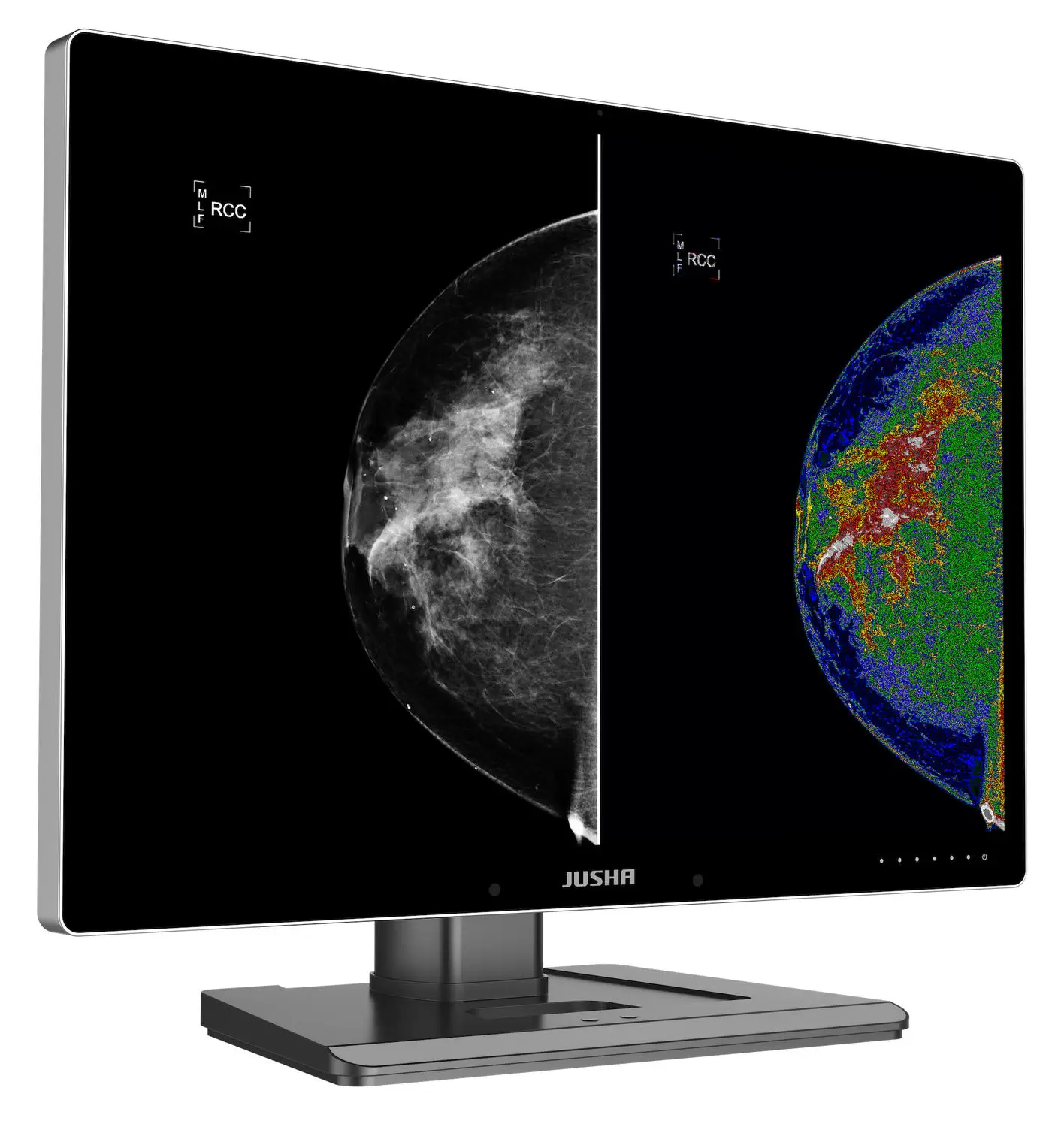
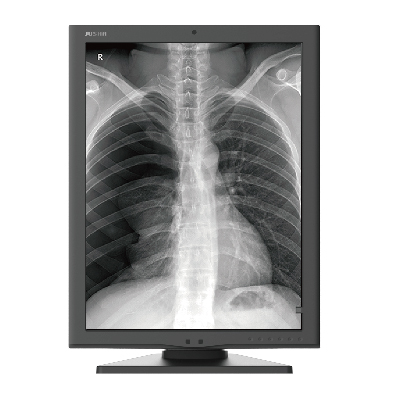
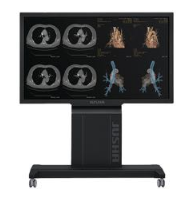

Medical Display Features
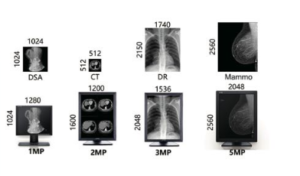
Medical display is also commonly referred to as ” HighResolution profession display”. 10 MP (4096 x 2560) grayscale, 8MP (3840 x 2160) colour ultra-high resolution medical display developed by JUSHA meets the requirement of higher resolution of medical images.
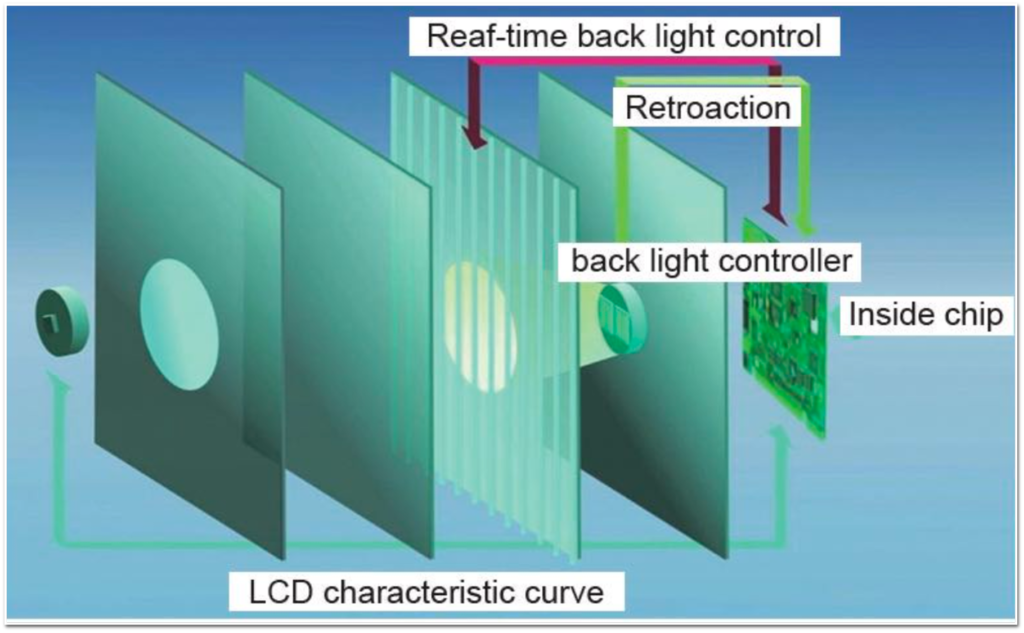
DICOM calibration includes two aspects, one is accuracy calibration before leaving the factory and the other is real-time calibration after leaving the factory. The Ins-gaurd system, which JSUAH particularly develops, is DICOM
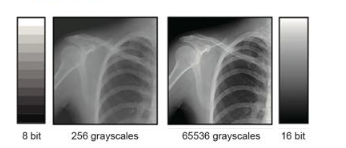
JUSHA ambient luminance self-adaptation system can detect the ambient light and further adjust the display effect, coordinate with observation capability of the human eyes, display the image, and be applied to various luminance environments.
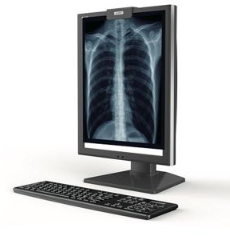
The display has built-in reading lamp mode, with the film clamp which allows for quick operation by shortcut keys, so that the doctor can conveniently read the film.
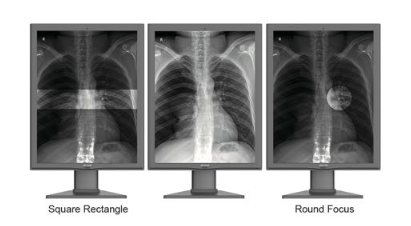
After the FocusView of nidus is enabled, it is able to reduce the full screen luminance, capture the coordinates of the position of the mouse by the application software, improve the circle area or the rectangular area centred at the mouse coordinate to the highest correction luminance, achieve the effect of similar stage spotlight and highlight the nidus, convenient for diagnosis.
To adjust the luminance of the display, the correction curve can be adjusted so as to ensure that the curve precision under each luminance is ≥95%

DICOM calibration includes two aspects, one is accuracy calibration before leaving the factory and the other is real-time calibration after leaving the factory. The Ins-gaurd system, which JSUAH particularly develops, is DICOM
A display can simultaneously display a maximum of four pictures, access to multiple paths of signals, and simultaneously display various data such as medical record, images and the like of patient while facilitating the conference teaching.

According to the GSDF curve calibration in Chapter 14 of the DICOM 3.0 standard protocol, only medical professional displays with a 10-bit (1024) grayscale or higher are suitable for displaying the details of medical images.
JUSHA’s medical professional displays utilize “dual-core” technology to enable a 16-bit (65536) high grayscale, providing a more precise display of medical image details. This high grayscale capability ensures that the full detail of images from high-end imaging devices is available for doctors’ review before making a diagnosis. Additionally, it aids physicians in detecting early lesions that have minimal grayscale differences from normal tissues.
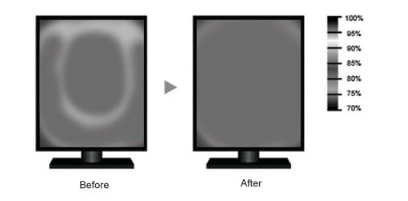
(Full screen Luminance Technology)
The system can measure and adjust the luminance of each pixel, reduce the non uniformity of luminance and colour between The Center and the corner, and by reducing such differences, ensures the whole display area of the display meets DICOM GSDF standard, in addition, the system allows for uniform luminance and reduced noise point of the whole display screen, and from The Center to the corner, compliant with the DICOM standard, increases contrast and detection accuracy, thus obtaining a satisfactory image quality.
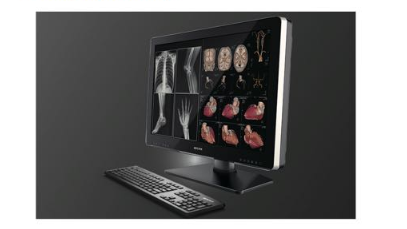
A keyboard lamp is arranged at the lower side of JUSHA medical professional displays enabling the area of the keyboard to be illuminated for the reading environment, thus reducing the light directly radiated to the doctors glasses whilst making a diagnosis, yet not affecting the images displayed on the panel and in addition, it illuminates the keyboard allowing the doctor to write the report.

JUSHA developed the technology of switchable luminance by one key (SmarTouch). The luminance can be changed by tapping the SmarTouch button, and the luminance remains stable immediately based on the BIA technology. It guarantees an accurate diagnosis as well as visual protection to the doctors

JUSHA colour grayscale auto-calibration technology (CGA) can distinguish the colour from the grayscale pixel and evoke DICOM curve calibration for grayscale images, and GAMMA calibration for colour images. CGA makes it possible for the perfect coexistence of grayscale and colour images, and guarantees the diagnostic accuracy.
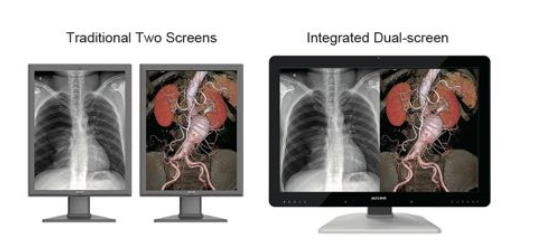
Conventional dual-screen image comparison is often performed in the medical diagnosis. The original method is combining two display monitors side by side, which is called dual-head monitor, but due to the difference in the lifetime, attenuation rate, display synchronisation, the diagnostician cannot identify the source of error from the images on the display. JUSHA adopts dual-screen seamless image combination technology, presenting two different images on one monitor, making the display more precise and convenient.

The front induction probe can detect the luminance of the light emitted by the display panel and in combination with the backlight sensor, detect the luminance information and ensure that the luminance output of liquid crystal panel is consistent with the DICOM standard
The target is indicated by imitating the laser beam, and the problem that the LCD with conventional laser pen instruction shows unclear indication and screen damage is solved
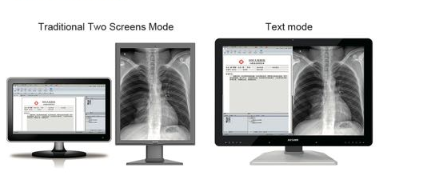
The text content displayed by the high-resolution Professional Medical Display is relatively small, easy to cause eye fatigue. JUSHA professional medical displays has a text mode that displays a more clearly and distinguishable text, allowing the physician to complete the diagnosis and prepare a report on the display.
After the display’s text mode is enabled, which can be set as left or right screen. The resolution and luminance adjustment on the side screen are applicable to text display and writing report, while the other side maintains a resolution for image diagnosis.
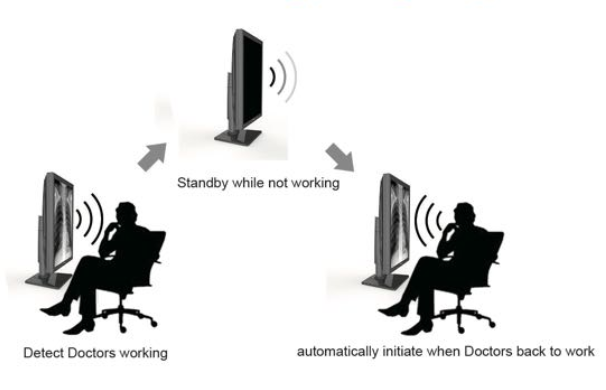
Unattended, automatic standby Personnel return, automatic-wake-up detection of the existence of users in front of the monitor.
JUSHA professional medical displays are equipped with Eco-gaurdian function, which can be used for detection of the existence of users in front of the monitor. The monitor can go into standby status in a setting to save energy, Moreover, it can identify the users and other lifeless objects like chairs, making the operation smarter and more convenient.

Conventional dual-screen image comparison is often performed in the medical diagnosis. The original method is combining two display monitors side by side, which is called dual-head monitor, but due to the difference in the lifetime, attenuation rate, display synchronisation, the diagnostician cannot identify the source of error from the images on the display. JUSHA adopts dual-screen seamless image combination technology, presenting two different images on one monitor, making the display more precise and convenient.


